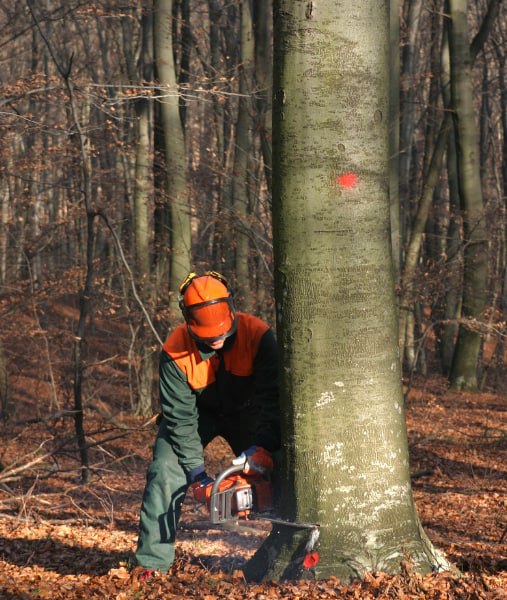
Introduction: Large trees are invaluable to our landscapes, providing shade, habitat, and natural beauty. However, there are times when relocating a mature tree becomes necessary due to construction, landscaping projects, or environmental preservation efforts. Tree transplanting, when done correctly, can save these majestic giants from being felled. In this blog post, we will explore the art and science of safely and successfully transplanting large trees, a task best handled by experienced professionals like Canterbury Tree Surgeons.
Why Transplant Large Trees?
- Construction Projects: In urban areas, where space is at a premium, developers may want to relocate trees to make room for new buildings or infrastructure projects.
- Landscape Redesign: Homeowners or landscape architects may desire to reposition large trees to improve aesthetics or functionality in their garden or property.
- Environmental Conservation: Preserving native or rare trees threatened by development or disease is a noble cause often involving transplanting.
- Tree Health: Transplanting can also save a tree that is struggling in its current location due to poor soil, drainage issues, or overcrowding.
The Key to Successful Tree Transplanting
- Planning and Assessment: The process starts with thoroughly assessing the tree’s health, size, and destination site. A certified arborist evaluates whether the tree is a suitable candidate for transplanting.
- Timing: Transplanting is most successful during the tree’s dormant season (late fall to early spring) when it’s not actively growing and has the least stress.
- Root Pruning: Several months before transplanting, the tree’s roots are pruned to encourage denser, fibrous root growth within the root ball.
- Digging the Root Ball: The size of the root ball is critical and depends on the tree’s size. Large trees may require heavy machinery to excavate a substantial root ball.
- Lifting and Transport: The tree is carefully lifted from its original location and transported to the new site. This requires specialised equipment and skilled professionals.
- Replanting: The tree is positioned in its new location and planted with proper soil preparation, watering, and mulching. Staking may be necessary for stability.
- Aftercare: Regular watering, pruning, and monitoring are essential for the tree’s survival in its new home.
Challenges in Large Tree Transplanting
- Size and Weight: Large trees are heavy and may require cranes or other heavy machinery for lifting and transportation.
- Root Damage: Root damage during the transplanting process can stress the tree. Proper root pruning and care are crucial.
- Environmental Stress: The shock of transplanting can be hard on a tree. Adequate watering and care post-transplantation are vital.
- Legal Considerations: Check local regulations and permits required for tree transplantation, especially if conservation laws protect the tree.
Conclusion: Tree transplanting is a complex but rewarding endeavour that requires expertise, experience, and a deep understanding of tree biology. Canterbury Tree Surgeons possesses the knowledge and skills to successfully move large trees while minimising stress and ensuring their continued growth and vitality. Whether you’re a homeowner looking to redesign your garden or a developer aiming to preserve nature’s treasures, professional tree transplanting can be a sustainable and environmentally responsible solution.
Call us on: 01227 203994
Click here to find out more about Canterbury Tree Surgeons
Click here to complete our contact form and see how we can help with your tree’s needs.